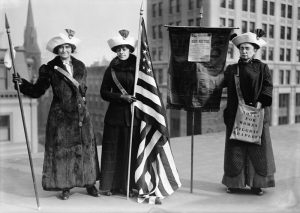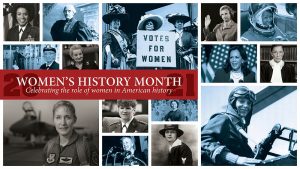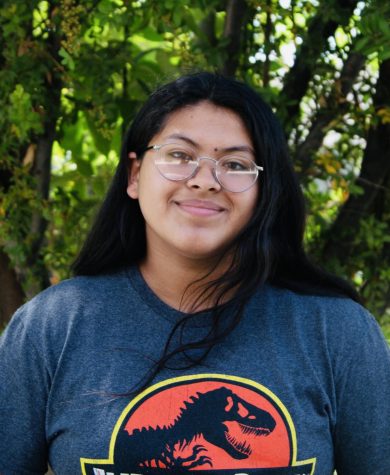Womens History Month
Throughout the month of March, from the 1st to the 31st, we celebrate women. Women’s History Month is the one month out of the whole year where women are celebrated for their accomplishments throughout different cultures, societies, and history. These accomplishments range all throughout a spectrum of topics. As well as reflect on women that have led the way for change.
Each year Women’s History Month is given a certain theme by The National Women’s History Alliance. This year’s theme is Valiant Women of the Vote: Refusing to Be Silenced, expanding on the 2020 theme, Valiant Women of the Vote, honoring “women from the original suffrage movement as well as 20th and 21st-century women who have continued the struggle to ensure voting rights for all”.
This celebration of women began with a single week, known as Women’s History Week. Celebrated by local groups and municipalities in the 1970s. In 1978, one of the most notable celebrations organized was here in Santa Rosa, California, by the Education Task Force of the Sonoma County Commission on the Status of Women.
In 1980, the first presidential proclamation declaring the week of March 8 as National Women’s History Week was made by President Jimmy Carter. The next year the U.S. Congress passed a resolution that established the national celebration. The National Women’s History Project was then successfully petitioned to Congress to expand the event to the entire month of March only six years later. March 1987 was then declared the first official Women’s History Month by Congress.
Today, women are celebrated through books, documentaries, films, places to donate, gifts, parades, and events. These events and actions are centered around certain women or a group of women that have helped shape the world we live in. As we now celebrate Women’s History Month for 40 years, we can look back on all the wonderful, helpful, and life-changing things women in our world have done and are doing.
Your donation will support the student journalists of Canyon High School. Your contribution will allow us to pay for our print issue magazine, website, and equipment costs.





